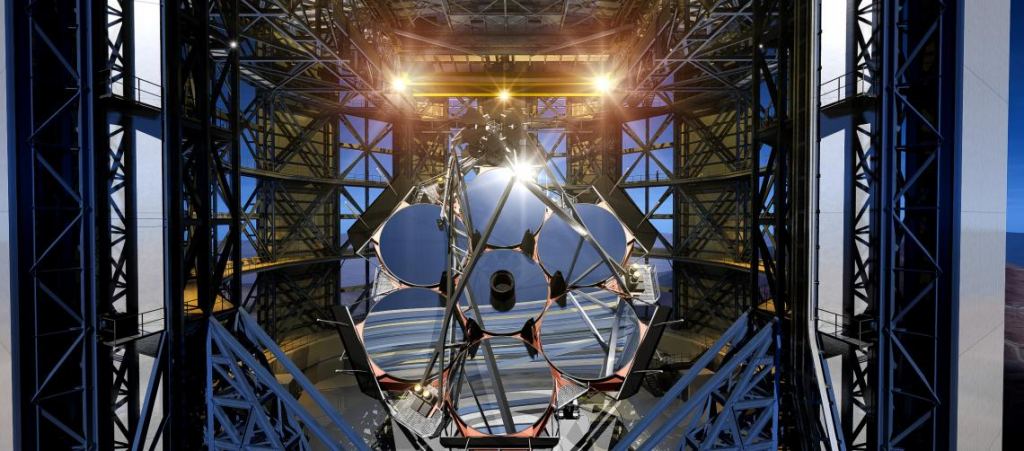Mention the Milky Way and most people imagine a great big spiral galaxy billions of years old. It is believed to be a galaxy that formed billions of years after the Big Bang. Studies by astronomers have shown that there are echoes of earlier times all around us.
A team of astronomers from the Massachusetts Institute of Technology has found three ancient stars orbiting the Milky Way’s halo. The team suggests that these stars formed when the universe was about a billion years old, and were once part of a smaller galaxy that was swallowed up by the Milky Way.
The Milky Way is our home galaxy, home to our entire solar system and about 400 billion other stars. It spans 100,000 light-years across and is home to almost everything we can see in the sky with the naked eye.

On a clear, dark night, we can see the combined light from all the stars in the galaxy forming a wonderful streak of hazy light that stretches across the sky from horizon to horizon. If you could view the Galaxy from the outside, its vast shape would resemble two fried eggs stuck back to back.
The story of the discovery takes us back to 2022 during a new observational stellar archeology course at MIoT, when students were exploring how they could analyze ancient stars.
They then applied them to stars that had not yet been analyzed. They worked with data from the 6.5-meter Magellan-Clay Telescope at Las Campanas Observatory and looked for stars that formed shortly after the Big Bang.
At this time, the evolution of the universe was mostly hydrogen and helium with trace amounts of strontium and barium. So the team looked for stars with a spectrum that shows these elements.

They honed in on just three stars observed in 2013 and 2014, but they hadn’t been analyzed before, so they were a great study for the students.
After completing the analysis (which took several hundred computer hours), the team determined that the stars had very low levels of strontium and barium, as predicted if they were ancient stars.
The stars they studied are believed to have formed between 12 and 13 billion years ago. What was unclear was the origin of the stars. How did they end up in the Milky Way considering it was relatively new and young.
The team decided to analyze the orbital characteristics of the stars to see how they moved. All of the stars were in different locations across the Milky Way’s halo and are believed to be about 30,000 light-years from Earth.
By comparing the motion with data from the Gaia astrometric satellite, they found that the stars are moving in the opposite direction from most other stars in the Milky Way. We call this retrograde motion, and it suggests that the stars came from somewhere other than the Milky Way.
The chemical characteristics of the stars, combined with their motions, make it very likely that these ancient stars are not native to the Milky Way.
Now that they have developed their approach to identifying ancient stars, the students want to expand their search to see if they can find any others.
However, with 400 billion stars in the Milky Way, a slightly more efficient method must be found.
This article was originally published by Universe Today. Read the original article.